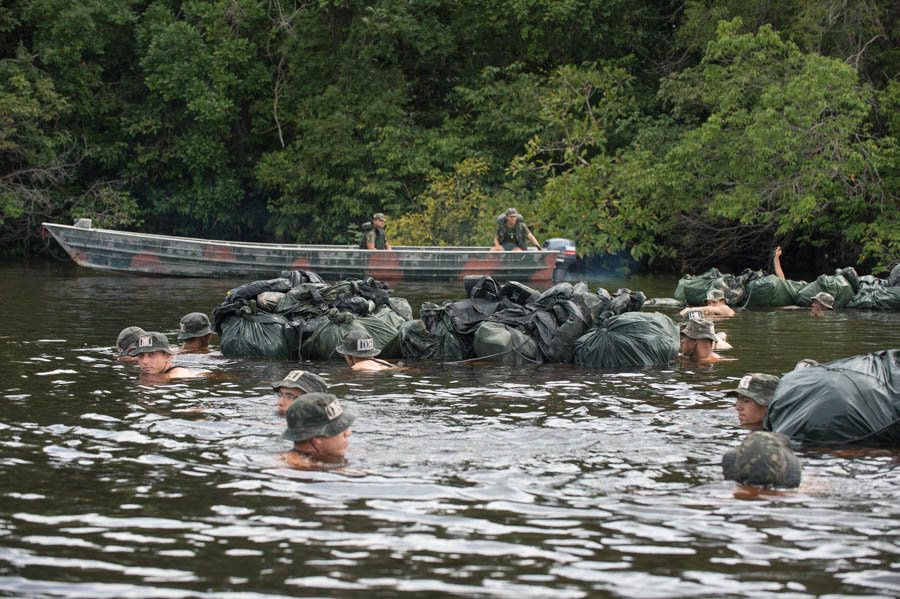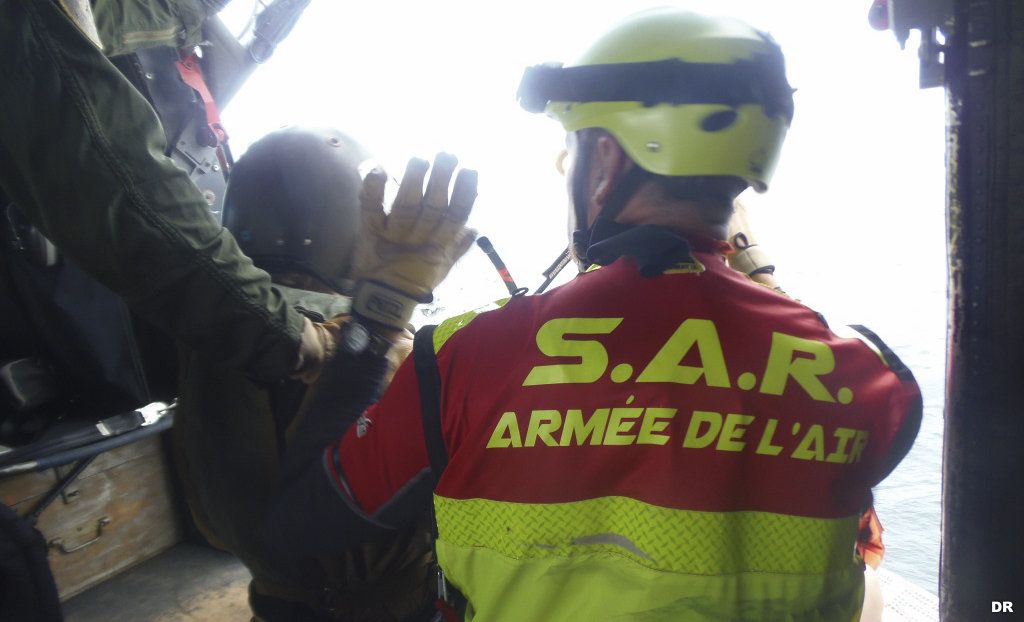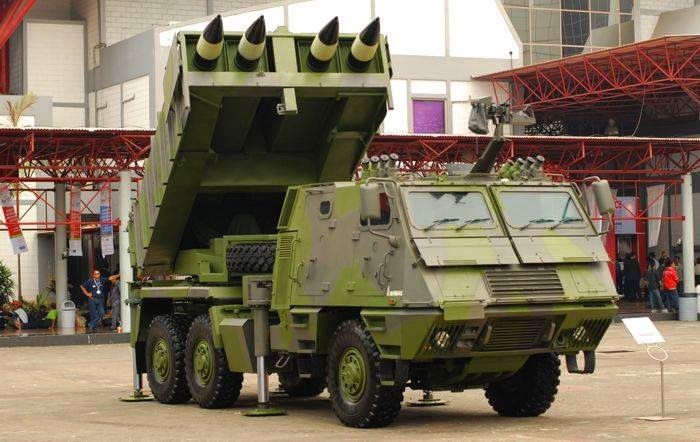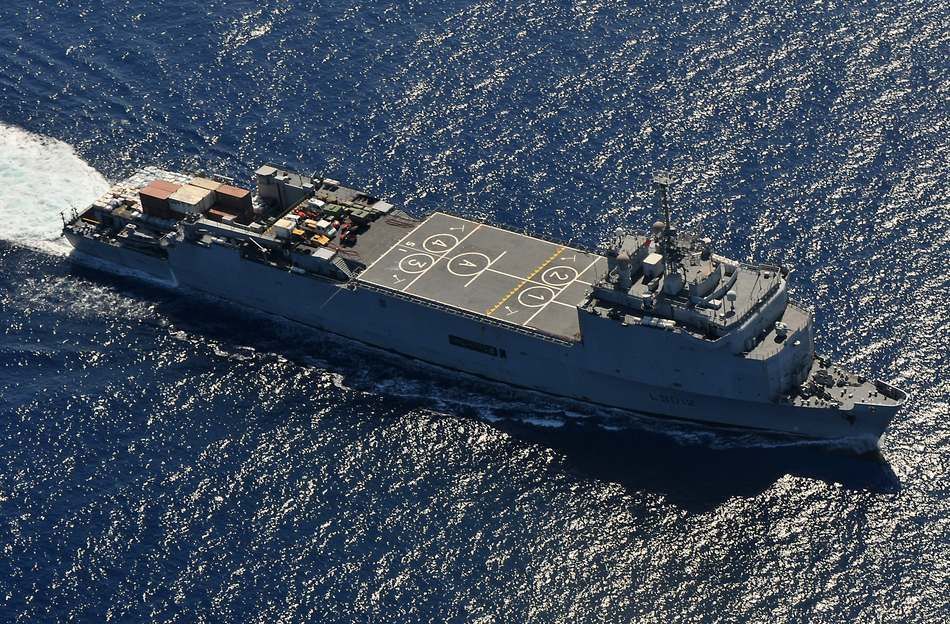15.02.2015 by Livefist
The Indo-Brazilian EMB-145i AEW&C platform, that made its first public appearance at AeroIndia 2013, returns to the show this year. But unlike two years ago, when the jet was steeped in a busy and extended period of systems trials, including sorties in the Eastern sector and over the Arabian Sea, the Indian Air Force gets all set to receive its first aircraft in seven months.
The team is looking to wrap up development flight & systems trials by the end of March (a Centre for Airborne Systems, CABS, officer tells me the aircraft at AeroIndia will still be notching up test points at the show too). With two aircraft in flight test, the Defence R&D Organisation (DRDO) has enough to meet its March 2015 deadline to complete development tests. But choosing to deploy one of the two jets at the Bangalore show wasn't a difficult decision, given the remarkable level of interest in the platform. CABS sources say at least two countries could sign MoUs declaring their interest in getting more information about the platform to support potential acquisitions. A confidential list of nations that have asked for briefings on the platform includes Malaysia, Indonesia, Brazil, Oman, and UAE. Embraer has taken it upon itself to (a) look at consolidating the EMB-145i into a standard marketable product that the two countries can jointly pitch in the global market, and (b) handle South American operations by itself.
Director of the Centre for Airborne Systems (CABS), lead integrator on the programme, Dr Christopher says, "Currently though the system is customised for the Indian Air force, the AEW&C India can fine tuned to any specific user‐oriented early warning product through appropriate programming/software which can be defined by the user. Many countries are evincing keen interest in the AEW&C system and discussions are in progress for export of this system."
But exports are in the future. The more immediate good news for the programme is what the Indian Air Force thinks of the EMB-145i. In the words of a senior officer associated with the programme, and one who will be part of 4-6 month user evaluation trials aimed for April, the IAF is 'impressed and satisfied'. Those are important words from a customer that hasn't had much faith in the past in long-gestation systems, especially critically needed platforms like early warning jets.
But September, the Indian Air Force hopes to be ready to induct the first of three EMB-145i. A third platform arrives from Brazil by the end of June or early July. The second EMB-145i will also likely enter service by the end of the year.
User trials with the IAF will include the deployment of the aircraft in a special live exercise to be jointly held by the Western and Central Commands, and involve operational situations for the AEW&C. A team from CABS will, of course, be embedded through this phase. Most importantly, there's a rare confidence in the systems and platform.
The IAF officer quoted above says, "These are impressive timelines. Our team has been satisfied with the performance. There are still some ends to tie up in the process of matching requirements with performance, but all major requirements have been demonstrated, including intercept control, battle management, Electronic Support Measure (ESM) and Communication Support Measure (CSM), data handling and the crucial SATCOM links. This could be one of the most trouble-free developments we have had so far."
The official literature on the platform, to be released at Aero India this year, says, "The AEW&C India has managed to pack in several sub-systems namely a highly versatile active array Radar system, Identification friend or foe system, ELINT, COMINT systems, along with multiple combination of ‘C’-Band& SATCOM ‘Ku’-Band voice and Data Links, UHF/VHF/HF communications, & Self Protection Systems - in order to enhance mission capabilities, add redundancies to foolproof operations, and implant self‐protection against missile attacks from ground as compared with its contemporaries on same Embraer aircraft elsewhere in the world."
Speaking of the primary sensor, the heart of the platform, and India's contribution to the system, the Director of CABS Dr S. Christopher says, "While India has caught up with the rest of the world in adopting the Active Electronically Steering Array (AESA) Antenna for its radar; the two building-block components of the radar, the Transmit-Receive Multi-Module (TRMM) and the teflon-clad ultra light Antenna Panel are notable Indian innovations in the radar sub-system. These are developed by CABS and with a joint patent along with M/s Astra Microwave, Hyderabad for TRMM. The most important outcome of the efforts is the realisation of a system that is both operation-efficient and cost-effective."
The reloaded Indian AWACS programme, first revealed here on Livefist, is also gathering speed, with the DRDO expected to move forwarded in choosing an aircraft platform for the project this year.






























